New Haven social justice activist Doreen Abubakar had a memorable experience in 2014 during a visit to the Newhallville neighborhood.
“As I was walking into the area, it really was a spiritual journey,” she said. “Spiritual journey meaning learning who I am, as a person on this earth.”
Abubakar experienced her “spiritual journey” as she walked through an area then popularly known as “the mudhole” in Newhallville. It got that name because not only was it a barren piece of land with no vegetation, but also because the area was used as a location for drug dealing.
“We’re actually addressing health disparities that we know exist in the neighborhood,” she said.
By August 2019, Abubakar had transformed “the mudhole” into the Learning Corridor, a place where people of the Newhallville community can come for education, mental and physical wellness and practice healthy lifestyles.
Like other activists in the New Haven/Hamden area, Abubakar has learned that addressing inequities in their own communities is a critical part of the fight against environmental injustice.
That day near “the mudhole,” Abubakar noticed how she could better the negative impact that climate change was having on the health of those who live in the Newhallville community by creating a space where she can promote healthy living.
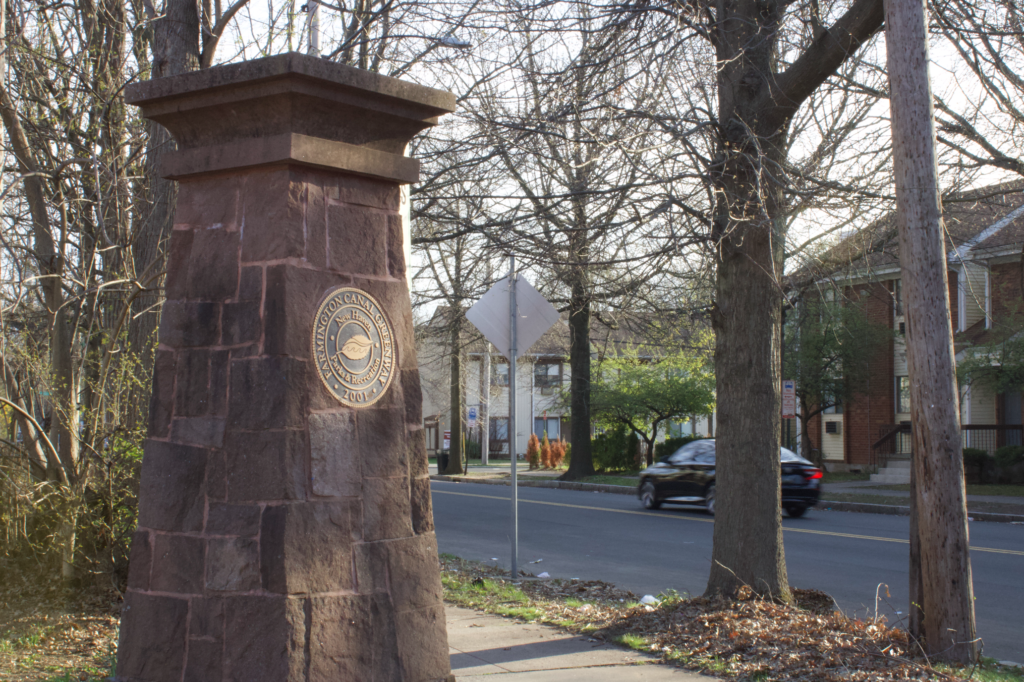
“We do healthy cooking demonstrations in the summertime,” she said. “We organize walk-in groups. With these things, we’re educating people about the health disparity.”
For Abubakar, that is environmental justice. It’s seeing climate change through the way it’s disproportionately affecting specific populations and fighting it from varied angles. She and other activists are doing just that.
As of 2020, Fairfield, Hartford and New Haven counties have the most non-white populations that are at-risk for health complications due to air pollution.
As a result, environmental justice has moved to the forefront of the discussion to answer the question of what Connecticut can do to alleviate the disproportionate impact of climate change on its Black, Indigenous, people of color (BIPOC) and working-class communities.
Hamden City Legislative Council Member Justin Farmer stresses the importance of environmental justice work by bringing it down to his personal values.

“As an environmentalist, it’s paramount,” he said.
The self-identified activist-elected official explained that this is something he sees day-to-day in his own area.
“I live in an urban community, we have bad asthma rates,” Farmer said of his local neighborhood in Hamden.
He stressed the urgency of this issue by asking if Hamden residents have the ability to lessen this excessive impact on health before all residents are affected.
New Haven County, which includes Farmer’s town Hamden, had the second-highest number of hospitalizations for asthma in Connecticut in 2016. Some of the state’s largest cities, Bridgeport, Hartford, New Haven, Stamford and Waterbury, made up 44% of the state’s asthma healthcare costs in 2018.
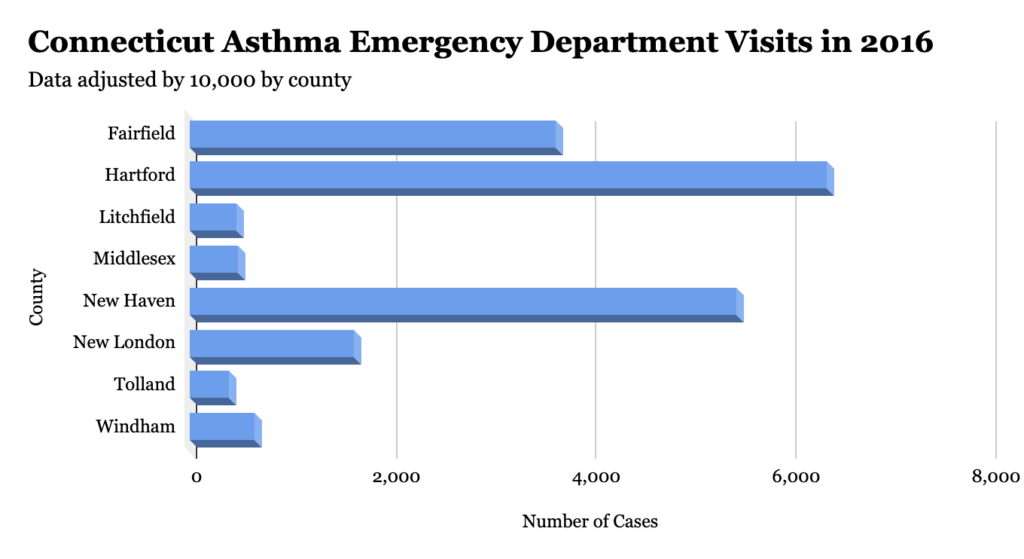
New Haven County also had the second-highest weight average of Ozone release in 2020.
Increased pollution led to the start of Peels and Wheels, a US Composting Council Certified company based in New Haven. The founder, Domingo Medina, was concerned about the way Hamden and New Haven treat waste from sewage systems and saw composting as a potential solution.
“For me, there’s a link between healthy soil and pollution,” Medina said.“And looking at composting is a way to mitigate environmental pollution.”
Medina, who’s also on the board of New Haven Solid Waste and Recycling Authority, started Peels and Wheels after he was walked through the process of waste management in New Haven.
He was shocked at the amount of pollution generated by burning the solids, which are separated from the liquids of the aggregate waste.
After learning that the same is done with food waste, he started a program to try to lessen the amount of solid waste that gets burnt, to create healthier soil and to provide opportunities for his community.
“It wasn’t a march, it wasn’t fighting policy, it wasn’t writing letters to our representatives. It was about creating a model that could sustain itself for the long haul.”
Domingo Medina on why he started Peels and Wheels
Medina put emphasis on helping his own community members and thinking about what role individual, everyday choices play in the grand scheme of human waste mismanagement. To that end, he aims to lower Peels and Wheels’ footprint by choosing transport alternatives that are kinder to the environment, like using bikes to transfer the compost instead of cars.
“To reduce emissions by trying to reduce the amount of waste that goes through the mainstream and gets burnt,” he said. “But at the same time, we create soil that can grow food and can grow plants that is capturing carbon [from the air].”
Medina considers healthy soil and conscious waste-management as strategic routes towards combating the impact of air pollution.
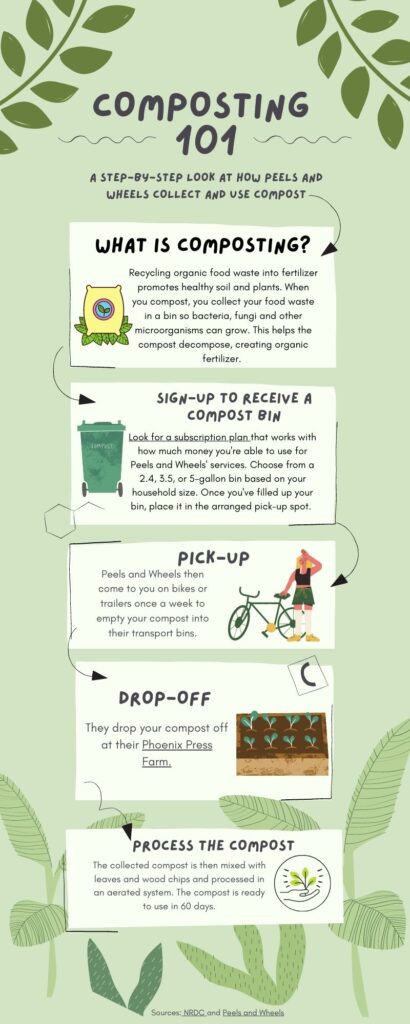
Composting is on Farmer’s radar as well. He said it’s one of his next big initiatives as a legislator. He hopes to get people to actively compost and to create a culture where people understand their relationship to the waste they generate.
Medina and Farmer agree that reducing their communities’ release of pollutants into the air is a route toward improving the living conditions of their neighbors.
“I’m a believer of diversity – a diversity of solutions,” Medina said.
As for Farmer, he’s affirmed that he hopes to push for the Olin Powder Farm in Hamden to be converted into a park for the local community, in partnership with the Regional Water Authority.
The Olin Powder Farm is a 102.5-acre piece of land in the Newhall neighborhood in New Haven. Farmer described this initiative as “deeply personal” as this area is a predominantly Black and West-Indian community and because the farm was built on a “brownfield.”
A brownfield is defined by the Connecticut Department of Energy and Environmental Protection (CTDEEP) as, “any abandoned or underutilized site where redevelopment, reuse or expansion has not occurred due to the presence or potential presence of pollution in the buildings, soil or groundwater.”
CTDEEP characterizes a brownfield as needing an investigation or a restoration before it can be open to the public.
Farmer has been petitioning for the improvement of the current condition of the farm to transform it into a park for the local Newhallville community, in partnership with Connecticut social and environmental activist groups Save the Sound, Hamden Land Conservation Trust and CONECT.
He hopes that through this, not only would he be restoring the original beauty of the farm, but also doing his duty as a public servant to the people.
“A community organizer, their job is to do two things: it’s to facilitate hope in a securing lens and allowing people to feel empowered and to negotiate with power.”
Justin Farmer on his role in his community as an “activist-turned-politician.”
Another local organizer that has done work in the Newhallville area, just south of Newhall, is Abubakar. She’s the founder of the Urban Non-Profit Network, which works with generating grants and funding for local NGOs, and the West River Watershed Partnership, which runs the West River Water Festival.
Abubakar recognized the potential of “the mudhole” the more she walked on it and got to know Newhallville a little more. She said she noticed how the neighborhood was under a lot of distress at the time and saw the fruitless area as one the community could utilize.
“We knew that Newhallville had high disparities in health, but for me, being on the forefront, saw the area and said this area is right on the Farmington Canal,” she said.
The Farmington Canal is an old train route that runs from New Haven to Northampton, Massachusetts. Once Abubakar saw the canal, all she could think about was how useful a resource it would be for the community.
“What would it look like if this becomes an engaging space? What would it look like if it became an empowering space?”
Abubakar on “the mudhole”
Climate change in academia
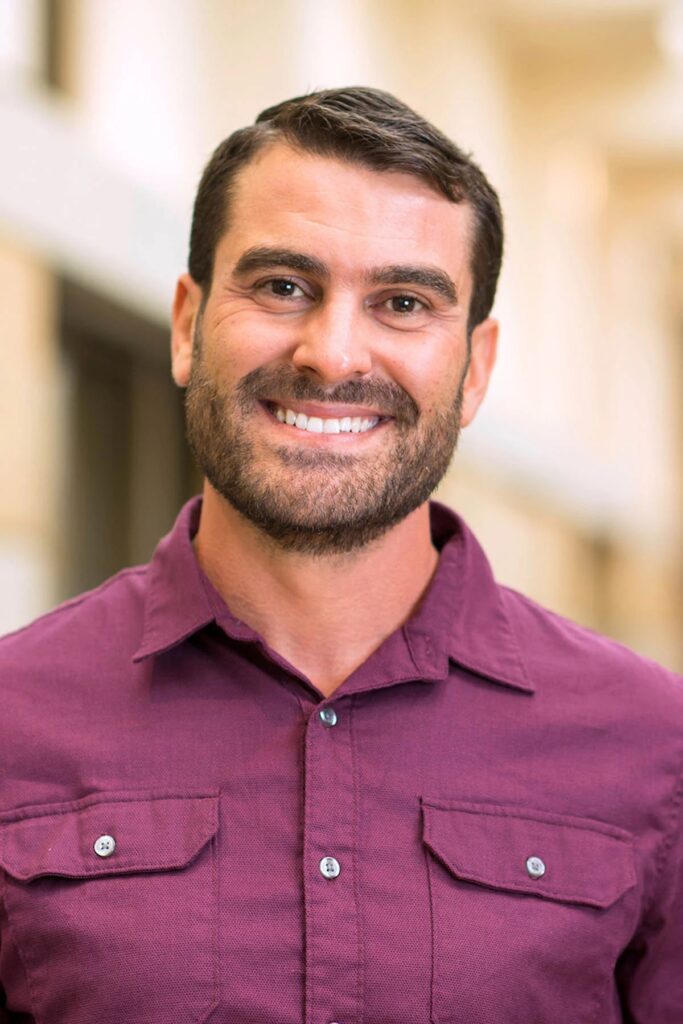
Quinnipiac University Assistant Professor of Political Science Marcos Scauso participated in the University of Oxford’s panel discussion on global climate justice on Feb. 11. He defined climate justice as, “… the possibility of rectifying some of the disproportionately suffered consequences of development.”
Climate justice is the ability to compensate for the heavier impact that climate change has had on the communities of BIPOC and working-class individuals. It’s not only recognizing that they don’t have equal access to clean air, water, and environments but also choosing to do something about it.
Scauso is discussing the “environment” part of climate justice. The justice part comes through when we look at the demographics of the communities that are inordinately carrying the burden of climate change.
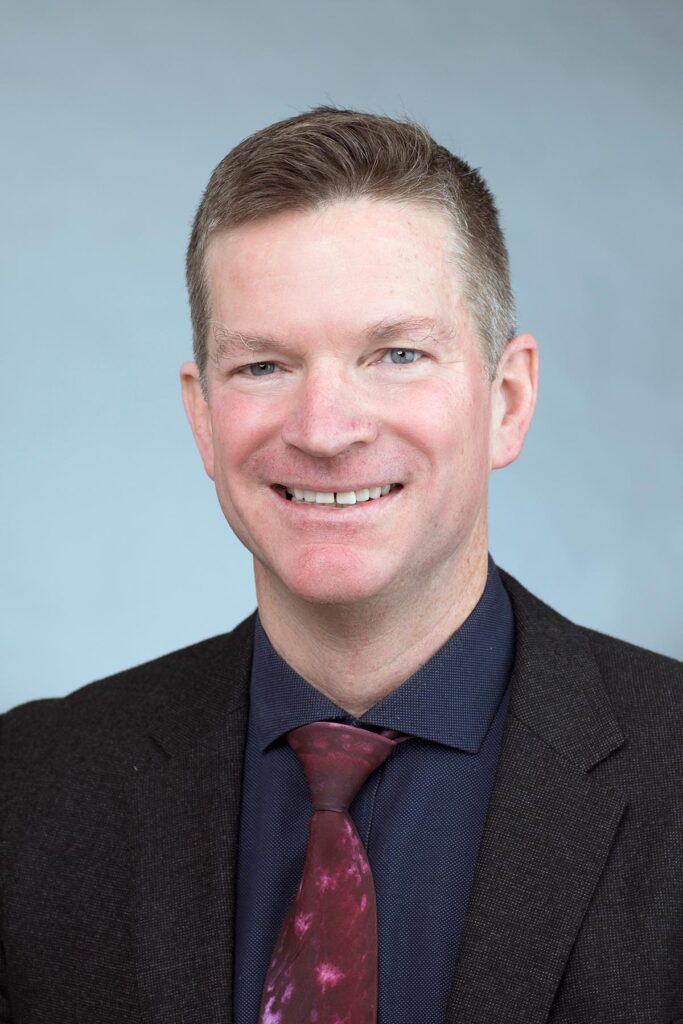
professor of political science at Quinnipiac University.
Sean Duffy, a professor of political science, is the executive director of Quinnipiac’s Albert Schweitzer Institute. He stresses the significance of understanding the history of the communities bearing the impact of climate change.
“Climate justice should also consider that many of the same communities that are going to be bearing a disproportionate impact of climate change are already communities that have been historically subject to unjust conditions,” Duffy said.
The justice portion is important because the communities of BIPOC and working-class people in the U.S. have historically been marginalized, and face systemic racism and classism.
“Many of the poor neighborhoods that continue to be poor today are the same neighborhoods that were redlined a really long time ago,” Scauso said.
Redlining is defined as the act of denying a person applying for a mortgage or a loan simply based on the color of their skin and/or the district they’re from. Banks and lenders began to assume that applicants from certain races and certain neighborhoods were most-likely to not pay their loans back, leading to the inability to grow personal and generational wealth.
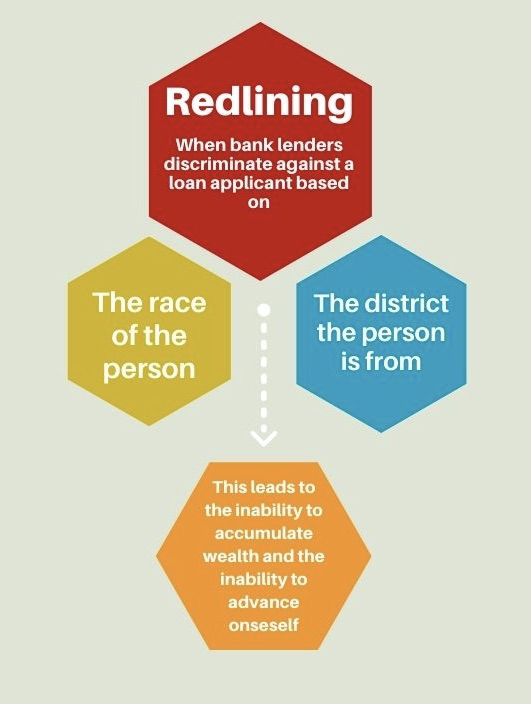
It started in the 1930s and got its name through the red ink that lenders would use to outline specific areas and districts.
As a way to mitigate these disproportionate effects, Connecticut passed House Bill No. 7008 on Oct. 2, 2020. The bill sets out to extend the steps that manufacturers have to take in order to construct factories in designated “environmental justice communities” (EJ communities).
Citizens Campaign for the Environment, a non-profit organization that works on climate activism in Connecticut and New York, defines an EJ community as one that is “… disproportionately impacted by climate change, sea-level rise, toxic air and water pollution, and other threats to public health and safety.”
Improving living conditions for BIPOC/ working class communities
Duffy argues that it’s going to take more than just passing policies to alleviate the impact of climate change on BIPOC and working class communities.
“The more fortunate or more privileged sectors of our society will make the changes on their own,” he said. “But our public policy should be addressing how to close the gap that’s been built over centuries of public policy to ensure that our whole society can move in the direction that we need to move.”
He’s arguing that policies like Bill 7008 should ensure that they’re addressing the historic inadequacy of simply passing a bill.
According to Duffy, this is where local organizers and activists like Abubakar, Farmer and Medina would come in.
Farmer hopes that through the restoration of the Olin Powder Farm, that he can right the wrongs of environmental racism.
“And I’m proud to work on this project – to bring back restorative justice,” he said.
“Not only to restore the damage that was done to the environment, but also to foster an open space, to really talk about how racism is prolific and how environmental racism can be undone.”
Farmer on the petition to open up Olin Powder Farm
Medina hopes to use his composting business to educate people on how to be more conscious of their decisions.
“Another way to combat this is to educate people and say, ‘Hey, there’s a link between the amount of waste that you’re throwing out on a weekly basis and what’s happening to our environment,’” he said.
Abubakar hopes to help her community be more aware of the impacts of climate change so everyone can come together to fight.
“For me, environmental justice is more about connecting people to some of the issues because we’re all impacted by it,” she said. “Change happens when you stand for it.”
Farmer thinks that Hamden has what it takes to combat environmental injustice and racism.
“When we get our minds together,” he said, “when we execute our power, the whole entire state recognizes and oftentimes is inspired to follow suit.”

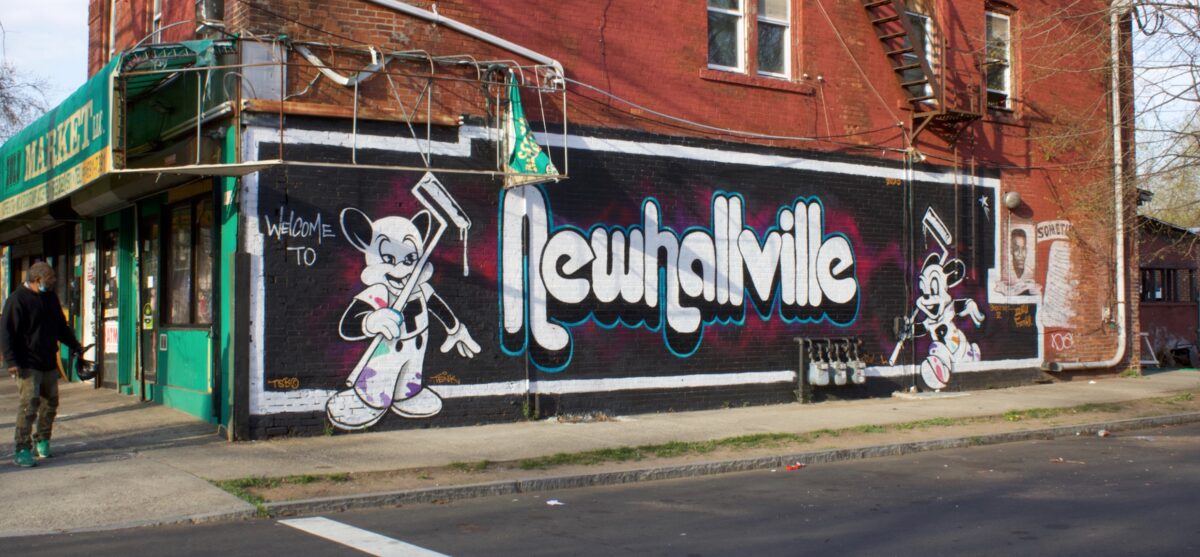
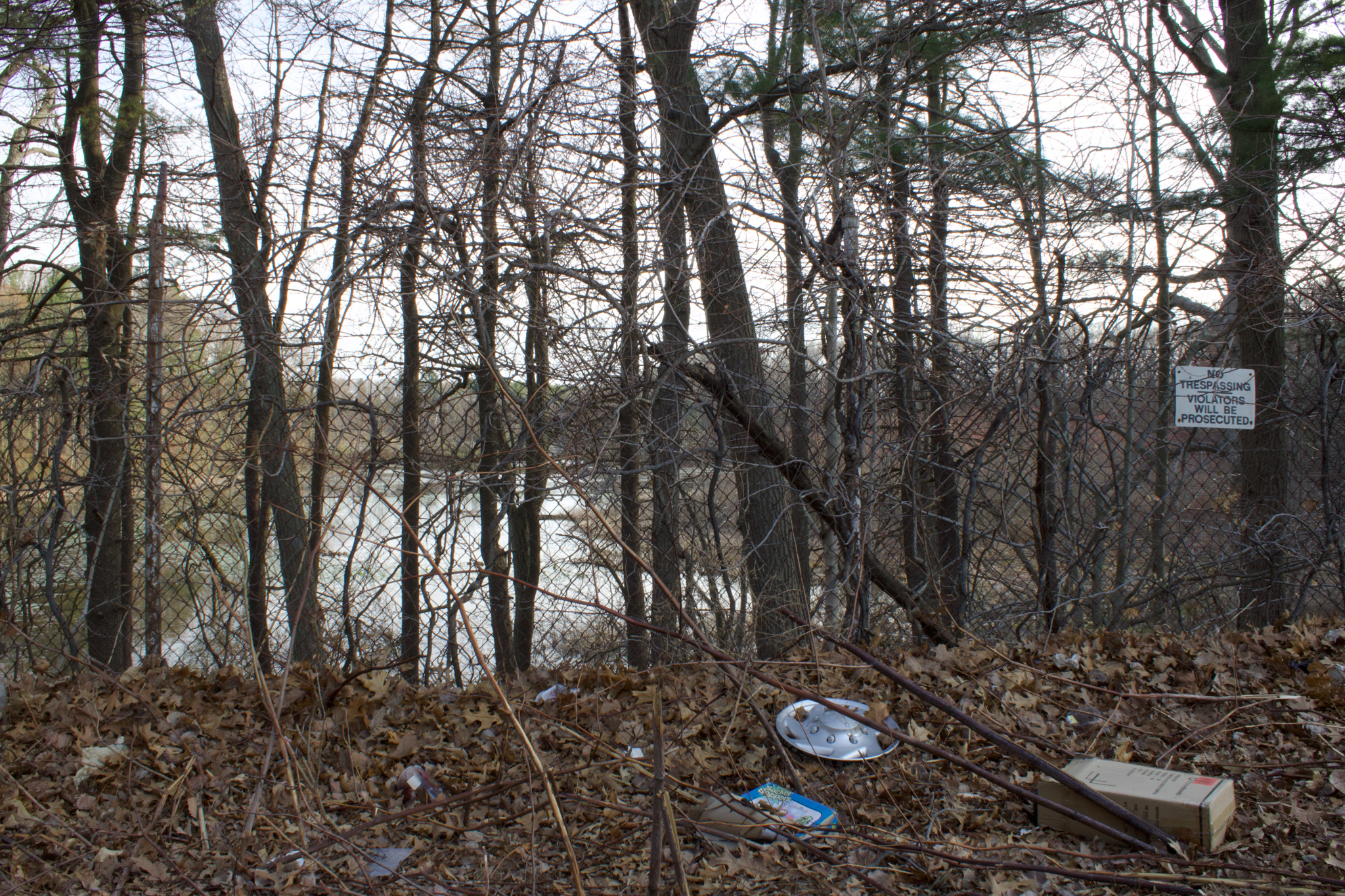



One reply on “Climate change hits BIPOC communities harder; local activists fight back”
Well articulated andsustntiated by evidence. Great work!